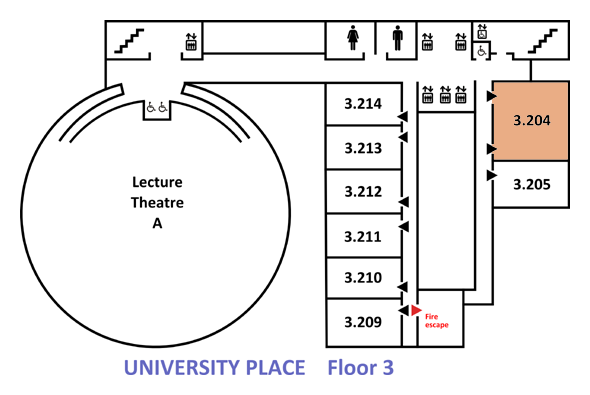
|
iCHSTM 2013 Programme • Version 5.3.6, 27 July 2013 • ONLINE (includes late changes)
Index | Paper sessions timetable | Lunch and evening timetable | Main site |

|
iCHSTM 2013 Programme • Version 5.3.6, 27 July 2013 • ONLINE (includes late changes)
Index | Paper sessions timetable | Lunch and evening timetable | Main site |
This symposium will consist of two 90-minute sessions with 3-4 speakers in each session. The first session, “Optical Media and Scientific Practices,” will examine the use of optical media in the construction and corroboration of scientific facts. The use of lenses, mirrors, and prisms, for example, not only transformed the scientific understanding of light, vision, and optics but also generated a tremendous wealth of scientific knowledge concerning both the infinitesimally small and the infinitely vast. The development of optical storage media also transformed the way in which scientific facts were ascertained and substantiated. The indexicality of the photographic image, for example, enabled it to function as concrete evidence of the data it recorded, even when the images it produced could not be perceived by the human eye. The case studies provided in this session will thus be particularly concerned with the following topics: the scientific understanding of light, vision, and optics; the development and application of optical media as scientific instruments in industry, technology, medicine, and science (including microphotography, astrophotography, x-ray photography, computed tomography, etc.); and the evidentiary value of scientific images, particularly with regard to the history of scientific frauds, hoaxes, and pseudosciences.
The second session, “Scientific Images and the Scientific Imagination,” will examine the influence of scientific images on the work of creative artists, writers, and filmmakers. The images generated by scientific researchers have inspired some artists to revise their notions of realism and verisimilitude, while other artists have been inspired to imagine fantastic scenarios based on the new possibilities opened up by scientific visualizations. The case studies provided in this session will thus be particularly concerned with the following topics: the use of optical media to communicate scientific knowledge to the general public; the aesthetics of scientific images, from meteorological charts to brain maps; and the impact of scientific images on art, literature, and film.
By bringing historians of science together with art historians, literary critics, and film scholars, this international and interdisciplinary symposium will help to trace the significance of optical media both within and beyond the limits of scientific practice, and it will help scholars working in different fields, historical periods, and national contexts to recognize similar interests, goals, and concerns.

